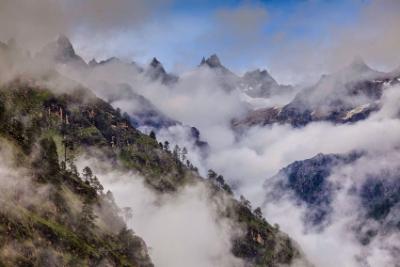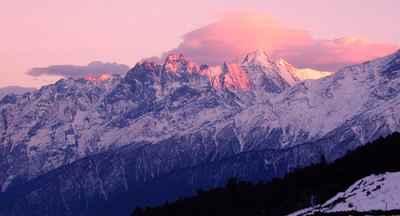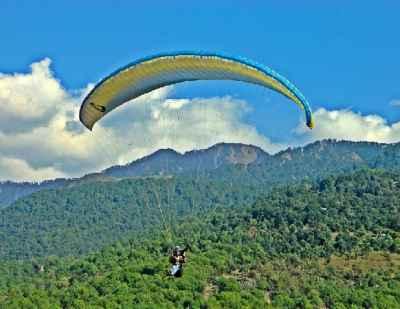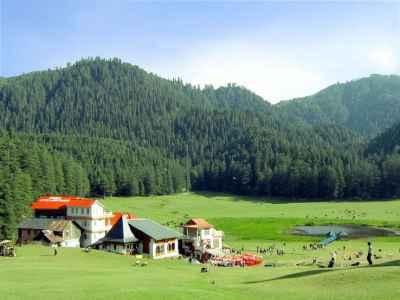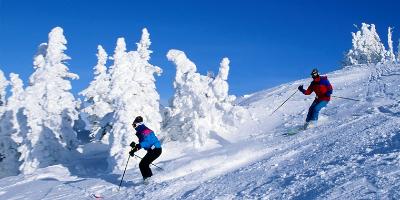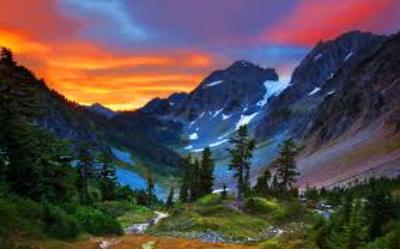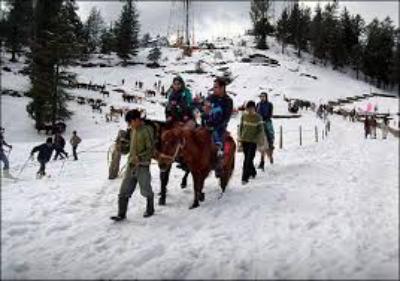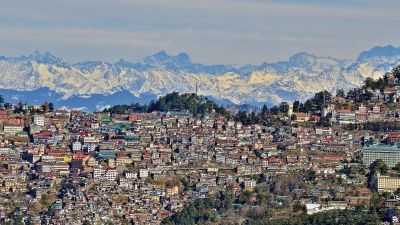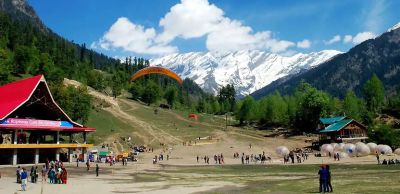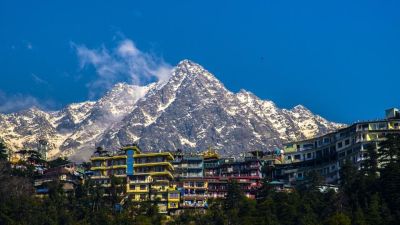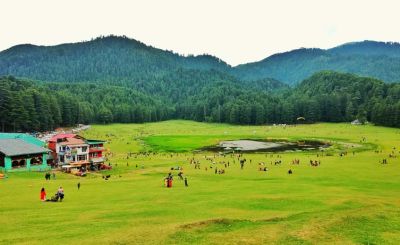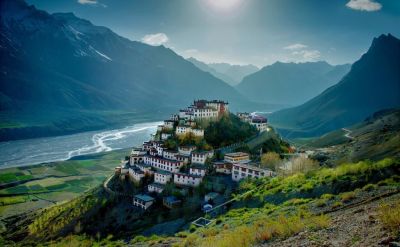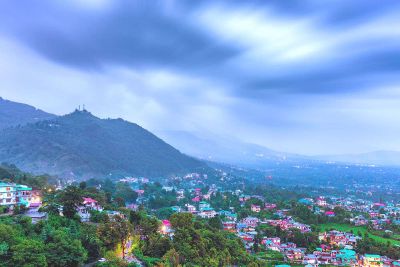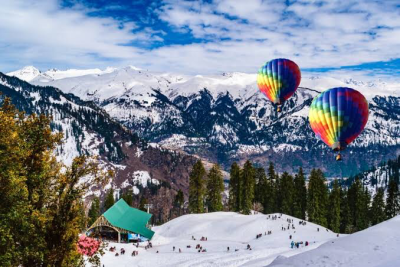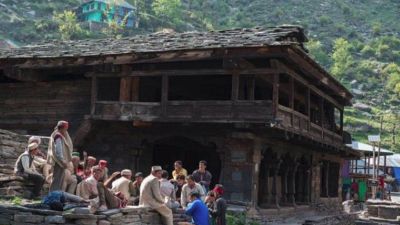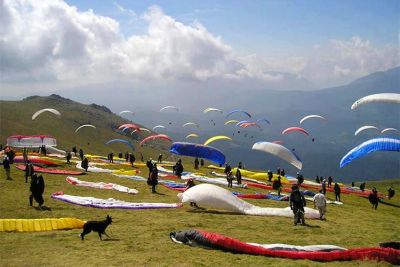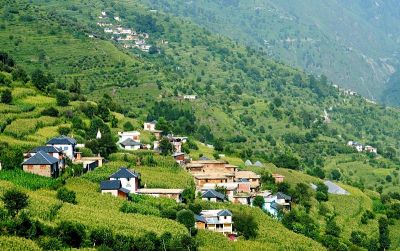The Best Time to Visit Spiti Valley: Weather, Seasons, and Festivals
The Best Time to Visit Spiti Valley: Weather, Seasons, and Festivals
Spiti Valley, located in the northern Indian state of Himachal Pradesh, is a mesmerizing destination that offers breathtaking landscapes, ancient monasteries, and a serene atmosphere. It is a haven for adventure enthusiasts, nature lovers, and those seeking solace in the lap of the Himalayas. However, planning a trip to Spiti Valley requires careful consideration of the weather, seasons, and festivals. In this blog post, we will guide you through the best time to visit Spiti Valley to make the most of your trip.
Weather in Spiti Valley
Spiti Valley has a cold desert climate, characterized by long, harsh winters and short summers. The weather can be extreme, with temperatures dropping below freezing point during winters and reaching moderate levels during summers. It is important to be well-prepared for the weather conditions in Spiti Valley, as sudden snowfall and heavy rainfall can occur at any time.
Seasons in Spiti Valley
Spiti Valley can be visited throughout the year, but the best time to visit varies depending on your preferences and interests.
Summer (April to June)
The summer season in Spiti Valley, from April to June, is considered the peak tourist season. The weather during this time is relatively mild, with temperatures ranging from 15 to 25 degrees Celsius. The days are sunny, making it ideal for outdoor activities like trekking, camping, and exploring the enchanting villages of the valley. The roads leading to Spiti Valley from Shimla and Manali are also open during this time, allowing easy access to the region.
Monsoon (July to September)
The monsoon season in Spiti Valley, from July to September, experiences sporadic rainfall. The roads can become treacherous due to landslides and the region is prone to flash floods. It is recommended to avoid visiting Spiti Valley during this season as the conditions can be challenging and certain areas may be inaccessible.
Autumn (October to November)
Autumn is a beautiful time to visit Spiti Valley as the landscapes transform into a riot of colors with golden foliage. The temperatures start to drop during this season, but the weather is generally pleasant. It is a great time for photography enthusiasts to capture the stunning vistas of the valley. The roads, however, start to close towards the end of November as the region receives its first snowfall.
Winter (December to March)
Winter in Spiti Valley is a magical experience, but it is not recommended for the faint-hearted. The temperatures plummet to sub-zero levels, often reaching -20 degrees Celsius or lower. The region is covered in a thick blanket of snow, creating a pristine and ethereal ambiance. Winter sports enthusiasts can indulge in activities like skiing and snowboarding. However, due to heavy snowfall, most of the roads leading to Spiti Valley are closed during this time, making it accessible only via the Shimla-Kinnaur route.
Festivals in Spiti Valley
Spiti Valley is known for its vibrant festivals that offer a glimpse into the rich cultural heritage of the region. The festivals are celebrated with great enthusiasm and fervor, and it is an ideal time to witness the traditional customs, dances, and rituals of the locals. Some of the popular festivals celebrated in Spiti Valley include:
- Losar Festival: Celebrated in the month of February, Losar marks the Tibetan New Year. The festivities include colorful processions, masked dances, and traditional music.
- Fagli Festival: Celebrated in February/March, Fagli is a famous winter festival of Spiti Valley. It involves villagers wearing traditional attire, performing folk dances, and throwing colored powder at each other.
- Sakya Tangyud Monastery Festival: Held in July, this festival is celebrated with mask dances, prayers, and rituals to commemorate the teachings of Lord Buddha.
- Spiti Valley Ecosphere Festival: Organized in August, this festival promotes eco-tourism in the region and showcases the local culture, arts, and crafts.
Conclusion
Choosing the best time to visit Spiti Valley depends on your preferences and interests. If you want to enjoy pleasant weather and undertake outdoor activities, summer is the ideal time. Autumn offers stunning landscapes and vibrant colors, while winter provides a unique snowy landscape. However, it is important to be aware of the weather conditions and plan your trip accordingly. Additionally, try to coincide your visit with one of the festivals to experience the cultural richness of Spiti Valley. Regardless of the season you choose, Spiti Valley will leave you spellbound with its pristine beauty and serene aura.
Do share this blog post with your fellow travel enthusiasts to help them plan their perfect visit to Spiti Valley!
Disclaimer : The information provided in this blog is for general informational purposes only. While we strive to keep the content accurate and updated, TravelSetu assumes no liability for errors or omissions. If you believe any part of this blog infringes your rights or causes concern, please notify us immediately at info[at]travelsetu[dot]com so that appropriate action can be taken.
